5 Trends Driving the Future of VR Gaming
The creators of hits like Gorilla Tag, Job Simulator, Walkabout Mini Golf, and more share their vision for VR gaming’s future.
VR gaming is (finally) having its moment.
With 30 million Meta Quest headsets now sold, and breakout hits like Gorilla Tag breaking records, we decided to reach out to eight the top VR game devs to get their predictions for the future of the platform.
Find that story below. But first, your regular games industry news roundup.
News From the Future
💀 Helldivers 2 Recovers From a Weekend in Hell (IGN)
An announcement that Helldivers 2 would soon require a PlayStation Network account led to the game being temporarily review-bombed on Steam by hundreds of thousands of players. Part of the backlash was due to the PSN requirement effectively blocking the game for players in over 100 countries. By late Sunday, PlayStation backtracked on the decision, and the game’s review average is recovering.
😄 Hasbro’s $1 Billion Bet on Internal Game Development (GamesIndustry.biz)
Hasbro, the now 100-year-old company, is riding high off of last year’s blowout success of Baldur’s Gate 3. The company says it now has over $1 billion riding on investments across four internal games studios: Atomic Arcade (North Carolina), Invoke Studios (Montreal), Skeleton Key (Austin, TX), and Archetype (Austin, TX).
🎥 Indie Titles Are Dominating With Stream Viewers (Stream Hatchet)
Small, independent games like Supermarket Simulator and Enshrouded are punching well above their weight class with livestream viewers, according to a new report from Stream Hatchet, who reports that the standout hit of Q1 2024 was another indie, Palworld, with 95.2M hours watched in its first 30 days. This beat out the most popular new AAA release of Q1 2023, Hogwarts Legacy, by a full 25M hours watched.
💰 Free-to-Paid? Content Warning Sells 1.5M After Free Launch (Fandom Wire)
The “joke” game from Landfall Publishing launched as a free title and got 6.6 million downloads before switching to a $7.99 price tag after 24 hours. The unorthodox publishing strategy drew millions of players’ attention to the publisher, which has a large back catalog including titles like Knightfall, TABS, Rounds, and Clustertruck.
👀 12 Days Remain to Apply to SPEEDRUN 003 👀
Last call for founders looking to secure $750K in funding for your startup!
The deadline to apply is May 19th, 2024. Applying now, rather than waiting until the deadline, gives us more time to review your application and engage with you personally, avoiding the last-minute rush.
APPLY NOW: sr.a16z.com
If you have any questions, please don't hesitate to reach out to our dedicated team at sr-apps@a16z.com.
5 Trends Driving the Future of VR Gaming
With over 30 million Meta Quest headsets sold and viral games like Gorilla Tag breaking records and reaching millions of players, we wanted to hear what some of the top VR game devs think about the future of the platform.
For today’s newsletter, A16Z GAMES interviewed eight of the top VR devs, including Another Axiom (makers of Gorilla Tag), Kluge Interactive (Synth Riders), Mighty Coconut (Walkabout Mini Golf), Owlchemy Labs (Job Simulator), Sava Studios (Penguin Paradise), StressLevelZero (BONELAB), Trass Games (Yeeps: Hide and Seek) and Triangle Factory (Breachers).
Their vision of the future for VR—and even the language they used to describe the platform—diverged. (Is it AR/VR? XR? Spatial Computing?) But every developer we interviewed was enthusiastic about VR’s potential.
The devs aren’t the only ones excited about the future. Industry titans like Sony, Apple, Microsoft, Valve and Google have all made enormous investments into the spatial computing space over the last decade, but few have gone in as aggressively as Meta.
Meta’s Director of Content Ecosystem, Chris Pruett, tells A16Z GAMES that the opportunity for developers has never been bigger.
“Quest has steadily grown to the scale of a console in the last few years,” Pruett says. “I think there are still many devs who have no idea how large the opportunity has grown since the early era of PC VR. They are flabbergasted to hear that the Quest store had made over $2B in sales by 2023, or that over 40 titles have generated $10M+ in revenue.”
But, says Pruett, the most exciting part is how wide-open the field is for game genres and designs that haven’t yet been imagined in VR. “Game devs working in VR today are literally writing the grammar for how humans should interact with spatial software,” says Pruett, “and the opportunity to connect with the player at a physical and emotional level is dramatic.”
So where is it all going? Are we finally nearing the long-awaited tipping point for mass VR adoption, or, as our own Jack Soslow has recently argued, are we already further along the growth curve than most realize?
We wanted to hear what the experts think. So we asked the eight of the devs actually building the future of VR gaming.
Here are the trends they see.
1) Both Hardware and Software Will Become More Inviting
Over a decade after the first Oculus Rift headset made its debut, and six years after Stephen Spielberg’s adaptation of Ready Player One blew up box offices, top-of-the-line VR headsets still look fundamentally similar. They’re large devices that—even in the case of headsets like the Apple Vision Pro—isolate the wearer from the broader world.
Arturo Perez is the CEO of Kluge Interactive, makers of the hit rhythm action game Synth Riders, which has been a top seller on just about every VR platform possible: Quest, Steam VR, PlayStation VR, and Apple Vision Pro. Perez says that, though VR’s reputation is improving, one of the biggest challenges his team has faced has been a “resistance” to the technology from those who feel put-off by the all-encompassing nature of wraparound headsets.
“There’s something about it that still feels a little dystopian to people,” Perez says. “And I think that’s why sometimes you see these articles where people are almost rooting for VR to die. And it makes sense. We’re still dealing with the pros and cons of the social media revolution, so I understand a little hesitance to use the tech.”
But slowly, things are getting better thanks to both lighter hardware and more inviting software, says Perez. 15 minutes into our conversation, he points to his glasses, and I realize that he’s wearing Meta Ray-Bans. “This is what really makes me a believer,” Perez says. “I put these babies on and I’m getting audio, photo, video. The hardware is going to keep maturing and getting better, and the content just has to keep up.”
Andrew Eiche, the “Chief Executive Owl” at Owlchemy Labs (acquired by Google in 2017), says that while hardware is part of the solution, advances in interface design will be just as important.
Eiche would know. Owlchemy Labs has been a pioneer of friendly, approachable game designs, and has the sales to show for it. Its game Job Simulator continues to be one of the top five best-selling VR games on the market, eight years after its original release.
Eiche points out that Graphical User Interfaces (GUI) were critical for allowing mainstream adoption of the internet. “A text-only internet would have never been accessible to the general public,” Eiche says. “The GUI was developed and refined before HTML was even a glint in Tim Berners-Lee’s eye. In many ways XR has not had its GUI moment, or maybe it has, but the GUI is not ready for broader contexts.”
Eiche believes that part of the solution will be in more widespread adoption of interfaces that avoid that perennial VR drawback: motion sickness.
“Nausea is a much larger issue than the industry makes it out to be,” he says. “There are absolutely some players that don’t experience motion sickness or can get their ‘VR Legs’ by training themselves through exposure. I also think that it’s wonderful these players are being catered to. As an industry I’m seeing developers optimizing for a local maximum—players who are able to play highly motion centric content without getting sick.”
As a result, Eiche says, the industry runs the risk of filtering out more sensitive players who get sick from playing and decide the medium isn’t for them.
“As more players opt out, the folks that are left are the ‘fighter pilots’ and the confirmation bias really takes root. If we want a sustainable medium we are going to need content that meets players where they are.”
2) The Roblox Generation Is Coming
When you look at a lot of the hit games on VR like Gorilla Tag, you’ll notice that they don’t look like games that would take off on PC or consoles. Aesthetically, they can sometimes appear more like advanced Roblox games than traditional premium games.
Jack Southard of Trass Games (disclosure: A16Z GAMES has invested in Trass Games through SPEEDRUN) says that’s because these games are being made for the next generation of gamers.
“Older people don’t understand how much of a young persons thing VR is,” Southard says. “The Roblox generation is adopting VR very quickly and at much faster rates than adults.”
Why is that? “Kids and teens have the social battery and energy for these immersive experiences in ways adults simply don’t,” Southard says, and adults are skeptical of VR in part because they’re “too tired after work to put on a headset and actively engage with the experiences within.”
He’s blunt, but obviously correct: If you’re a grownup with kids and a 9-to-5, the last thing you want is a high-energy social experience after work. We oldheads would rather chill out on the couch in front of Netflix.
This, Southard predicts, is why “we will see massive expansion of the younger demographic in VR and a boom of free social games targeted to this audience. This will be aided with lower priced VR headset releases from Meta.”
David Yee, COO at Gorilla Tag makers Another Axiom, agrees that the social aspect of games like his is a crucial draw for younger players. “They don’t just play Gorilla Tag because it's a fun game,” Yee says. “It’s also a place to spend time with friends and the community in a more personal and immersive way.”
Yee points out that because these players are younger, they aren’t examining every VR game through the lens of wondering what it would be like with a mouse and keyboard.
“Many VR players today are growing up in the medium,” Yee says, “and don't have the same stigma of VR naysayers. VR has a bright future because the most active people who use the technology have grown up with it, understand it and are embracing it.”
It’s not just the players who are younger—some of the developers are too. As of this writing, the #8 charting “most played” game in the Meta Quest store is Penguin Paradise, a Gorilla Tag-esque game made by 15-year-old developer “Sava” of Sava Studios.
When A16Z GAMES reached out to Sava Studios, Sava’s dad Jerhad kindly agreed to facilitate our email interview.
“Making games has been Sava's passion since he was 8,” Jerhad says. And after a couple of years building 2D games using Construct, Sava decided he was ready to make the jump to Unreal Engine.
Sava says that a couple of years ago, he got into VR and fell in love with games like POPULATION: ONE. But the game that really sparked his imagination was Gorilla Tag. “The movement was perfect,” Sava says. “Learning, advancing, everything about it! And since I had a game development history I thought it would be awesome to make my own game with the same movement system since it was open source.”
After creating Penguin Paradise and launching it on Meta’s App Lab, the game started to take off on social media, and downloads grew enormously. “My dad started to help out with the business side of things, because I had no idea how to do any of that stuff,” Sava says. “I just knew how to make the game.”
With the game now crushing the charts in the official Meta Quest store, Sava Studios has hired a full-time developer to help out with the game. Jerhad says the studio is now working on multiple new titles at once, and their second game should launch soon.
3) Smaller, Faster Devs Will Break New Ground
It might come as a surprise to many game devs that one of the ten biggest games on Meta Quest was made by someone not yet old enough to drive, but in some ways it’s reflective of a larger pattern: the environment isn’t conducive to AAA studio production philosophies.
One common theme among developers we spoke with was the idea that, because the VR ecosystem is evolving so quickly, it’s extremely difficult for AAA studios—who are used to taking years to build large-scale experiences—to get a foothold in the ecosystem.
“Because of the fast-evolving nature of VR, you can't feasibly start today making something that seems cool in the current landscape and hope that in two years it will be just as compelling,” says David Wyatt, Head of Communications & Business Strategy at Walkabout Mini Golf developers Mighty Coconut.
This point is driven home by the success of games like Yeeps: Hide and Seek. With over 10,000 reviews barely two months after launch, Yeeps is one of the fastest-growing social games in the history of the Meta Quest ecosystem. Trass Games co-founder Jack Southard says that his team put it together in only six months.
Kluge Interactive’s Arturo Perez says that because the VR market is still relatively small—he estimates that there’s “over 50 of us that are really thriving in this space”—the landscape is wide open for fast-moving developers to be the first to adapt or introduce new genres to VR.
Kluge, after all, was one of the first developers to bring the music-rhythm genre to VR with Synth Riders. The game launched within a month of Beat Saber, back in 2018. And the studio has since carved out a profitable slice of that market.
“There’s value in VR,” Perez says. “There are things you can do that are unique to our medium.” Perez and team recently announced their own bold attempt to adapt the fighting game genre to VR with the first-person fighting game FINAL FURY.
“There’s no Street Fighter for VR yet,” Perez says. “On PC or console, you have 50 long-established competitors in the fighting game genre. But by trying something new, in this new space, maybe we can be the ones to own the genre.”
4) More Cross-Platform Experiences
Although the reachable install base for VR devices is growing quickly, the still-nascent nature of the technology means that many VR game devs are looking for ways to grow their presence outside of VR in ways that adds value for the core VR experience.
A VR game sales chart topper since its fall 2020 launch, Walkabout Mini Golf and its developer, Mighty Coconut, are leading the charge on a new frontier for VR gaming: full cross-platform multiplayer with non-VR devices.
Mighty Coconut’s David Wyatt says that one challenge for many VR headset owners is playing with friends who might not own a headset. The solution is apps like Walkabout Mini Golf: Pocket Edition, coming soon to iOS, which will allow players to compete against VR players.
“In order for XR to grow as a more holistic set of experiences, we can't just rely as a studio or as an industry on just mixed reality or just mobile or just one platform,” Wyatt says. In five or six years, he predicts, “there will be a good deal more headsets, an evolution of the platforms, and steady growth of the players.” But to reach a big enough audience to sustain themselves, Wyatt believes, most developers “are going to need trans-platform publishing and play to work for most.
Timothy Vanherberghen, CEO of Triangle Factory, makers of the slick multiplayer tactical shooter Breachers, agrees with Wyatt.
“We'll see more cross-platform VR games where players on PC, console, or mobile can join VR players and vice versa, reaching a massive audience,” Vanherberghen says. “This is something we're very interested in exploring at the moment, since we also strongly believe people should be able to play anywhere, anytime and on the platform of their preference.”
5) VR Is Here to Stay
So where is this all heading? Where will VR be in 5 years? Or 10 years?
Each of the developers we interviewed believes in a bright future for the platform, but they also emphasize the good that’s happening right now. VR’s place in the gaming ecosystem is no longer contingent on some miraculous technological future that’s always five years away—it’s here now, and devs are reaching hundreds of thousands of players and building sustainable businesses.
“The hardware is good enough to hit mass appeal,” says Alex Knoll, Creative Director and co-owner of BONELAB developer StressLevelZero. “It can always get better, but content is where efforts are struggling. Much more time and focus is needed for content creation to mature.”
Knoll stresses to other VR game developers that there’s still a long road ahead. “Even ten years into consumer VR, it is still early days both in terms of art and business,” he says.
“Our approach is to stick in it for the long haul,” says Kluge’s Arturo Perez. “The people that are looking for some moment where it all blows up are looking at it the wrong way. I don’t know if we’re going to get an ‘iPhone moment’ where it takes off, and I kind of don’t care. We’re set up to ride the wave.”
“I hope we are within 10 years of the mass adoption point,” says Owlchemy Labs CEOwl Andrew Eiche. But, he says, “it’s important to take a step back from the perpetual news cycles. Seeing coverage that oscillates between unbounded hype and utter despair says more about how we consume content in 2024 than it does about any single effort’s success or failure.”
Instead, Eiche says he thinks VR and spatial computing more broadly is at a historical point similar to where desktop computing was when Windows 3.1 launched. “We are entering a more usable period of XR,” he says. “Hand tracking is providing the accessibility that the mouse did for the GUI. Ecosystems are giving tools to developers to build apps quicker and have a shared design language. All of this is the prerequisite for greater adoption.”
But, Eiche says, VR devs should try to ignore the day-to-day news cycle. “If you have the resources to keep on going and you have a great product that provides value to your users you will find success.”
💼 Jobs Jobs Jobs
There are currently around 150 open jobs listings across both the A16Z GAMES portfolio and our SPEEDRUN portfolio. For the freshest games industry jobs postings, be sure to follow our own Caitlin Cooke and Jordan Mazer on LinkedIn.
Join our talent network for more opportunities. If we see a fit for you, we'll intro you to relevant founders in the portfolio.

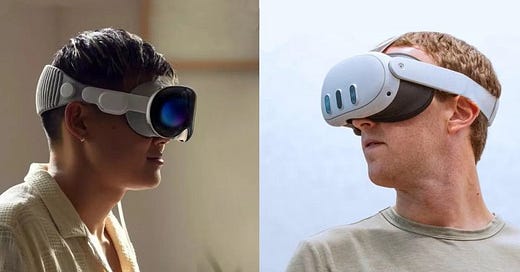




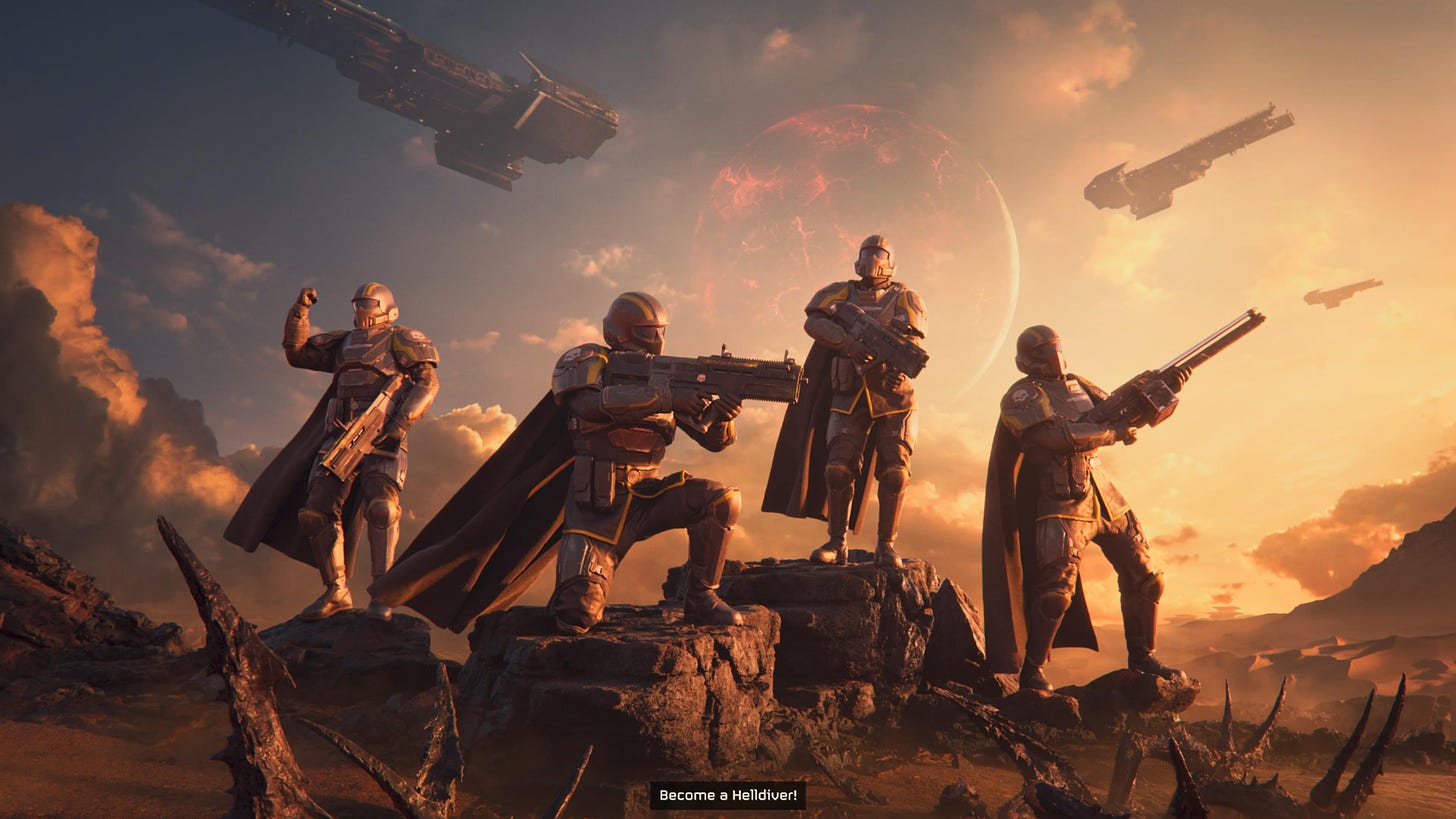
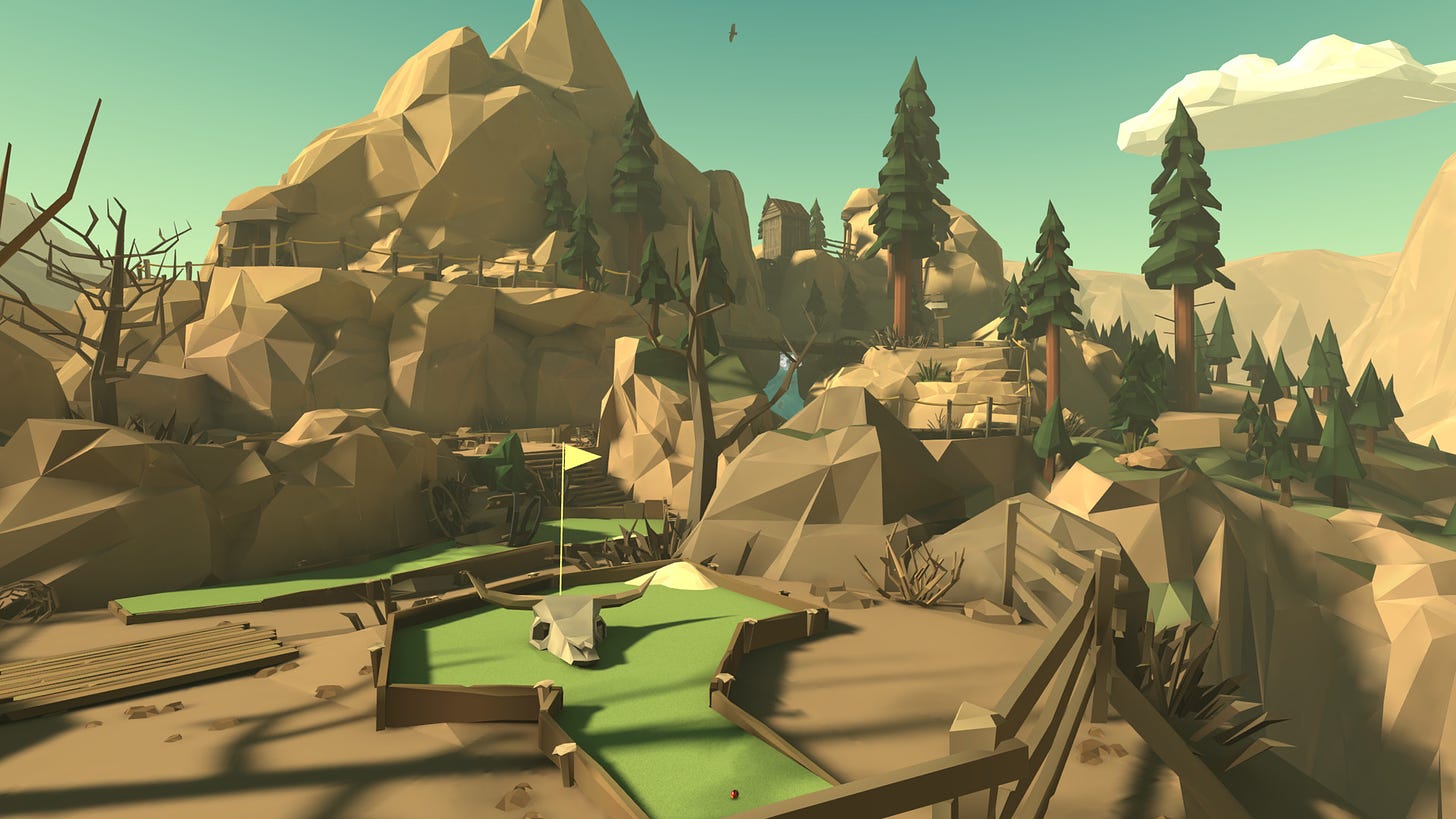
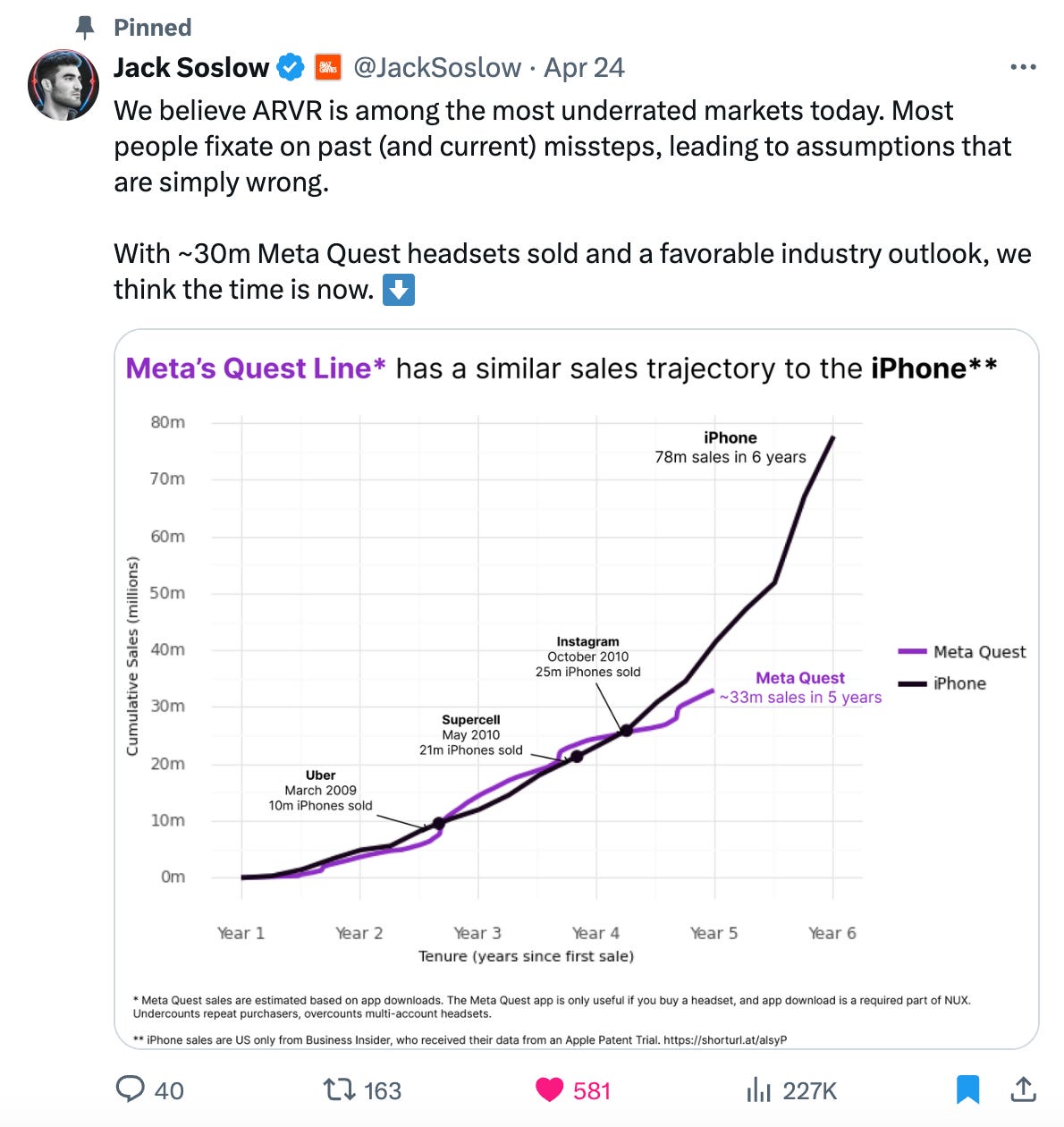
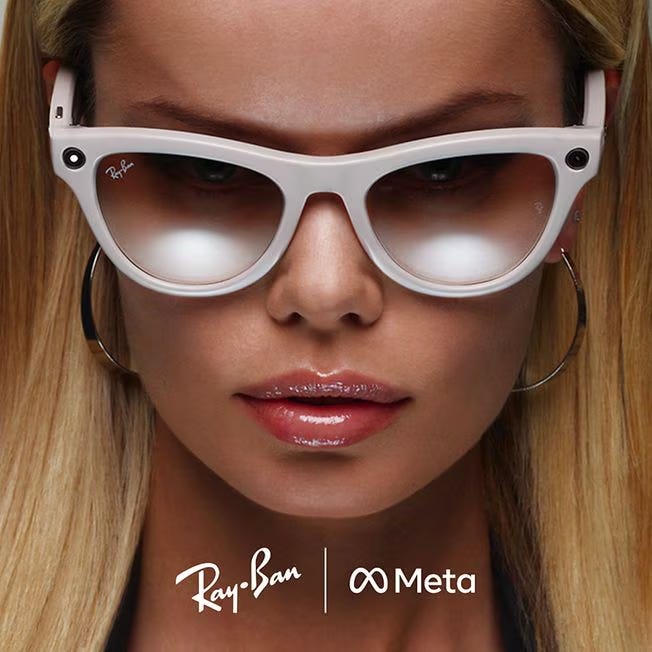

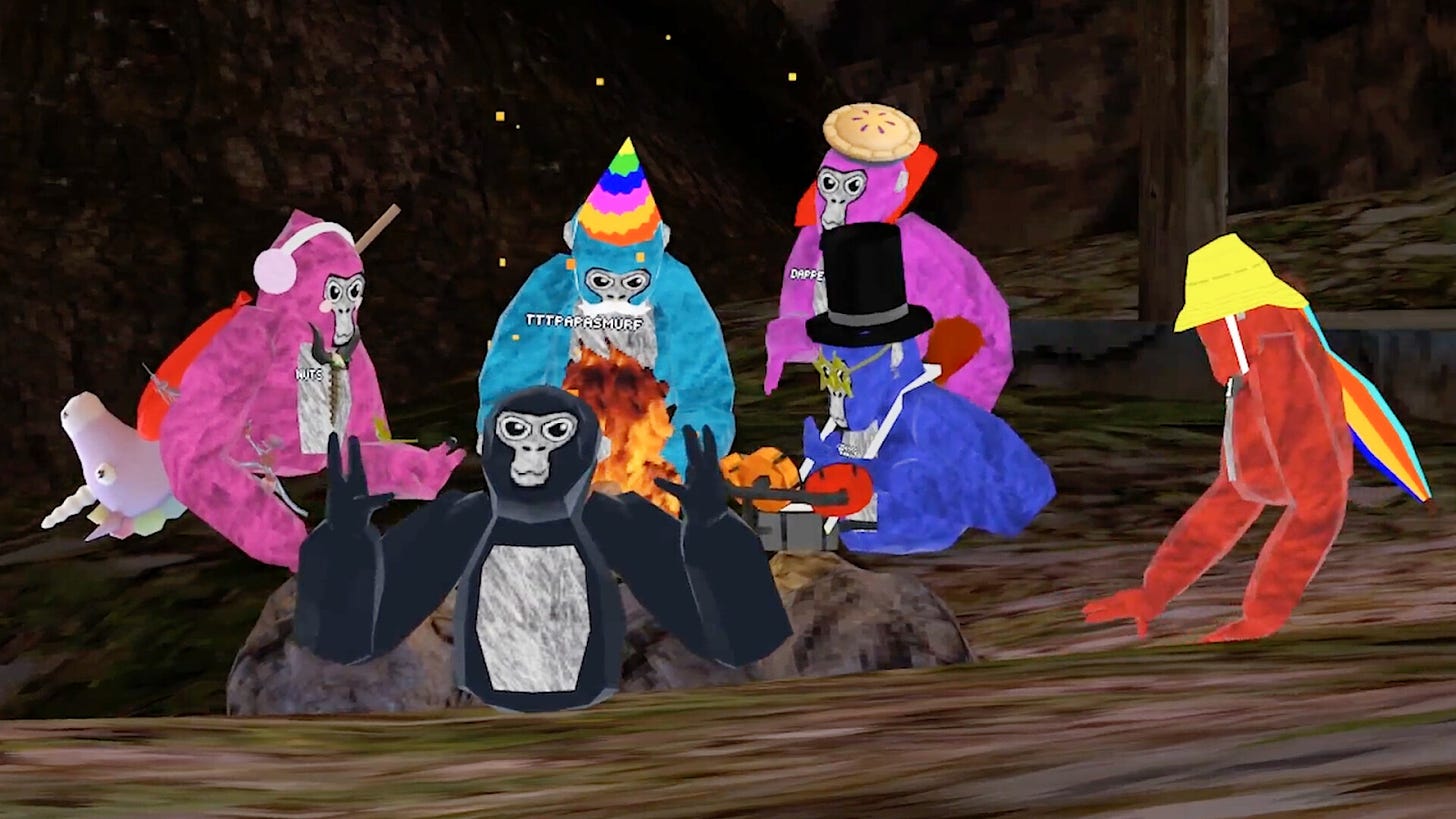
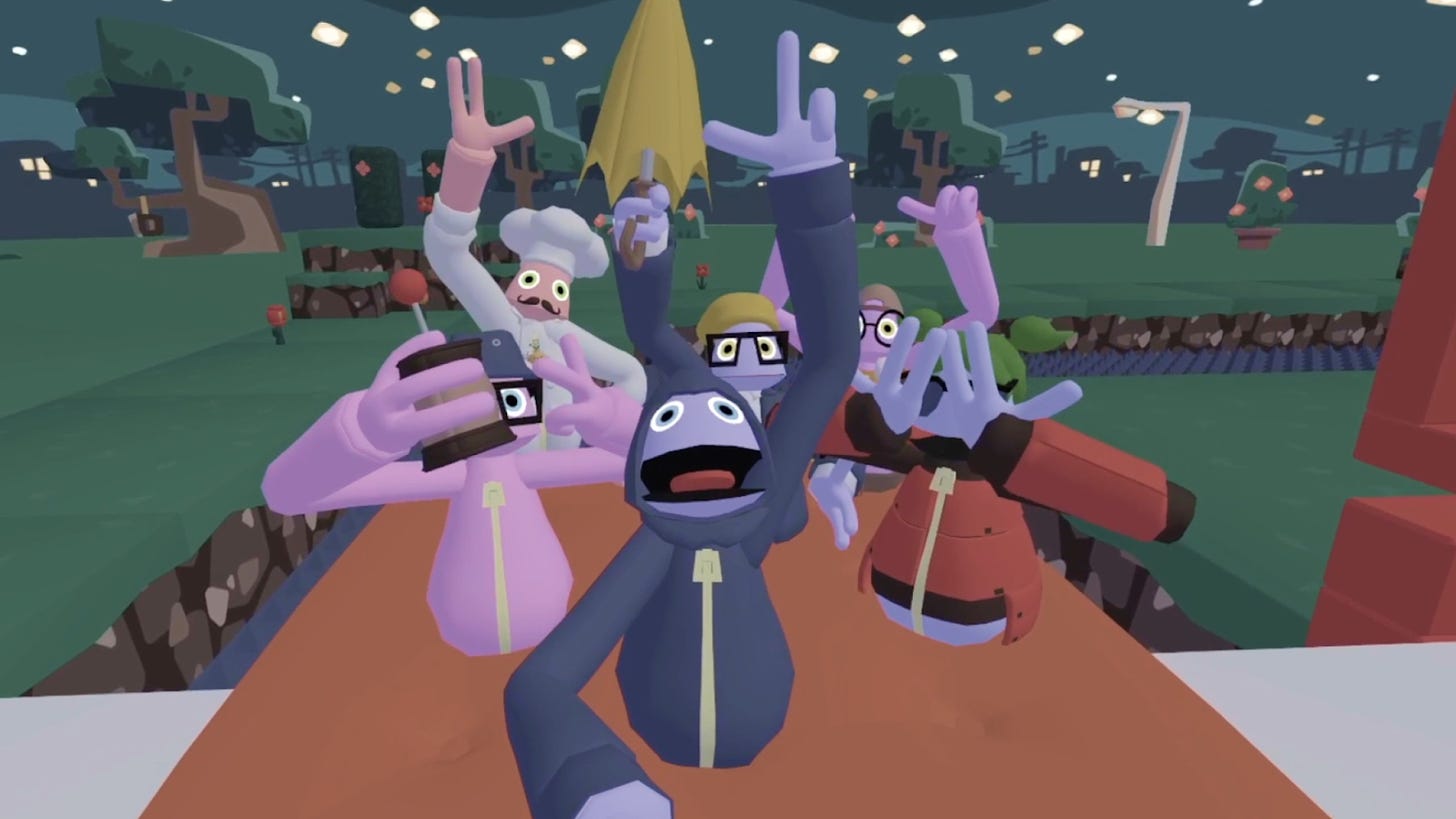
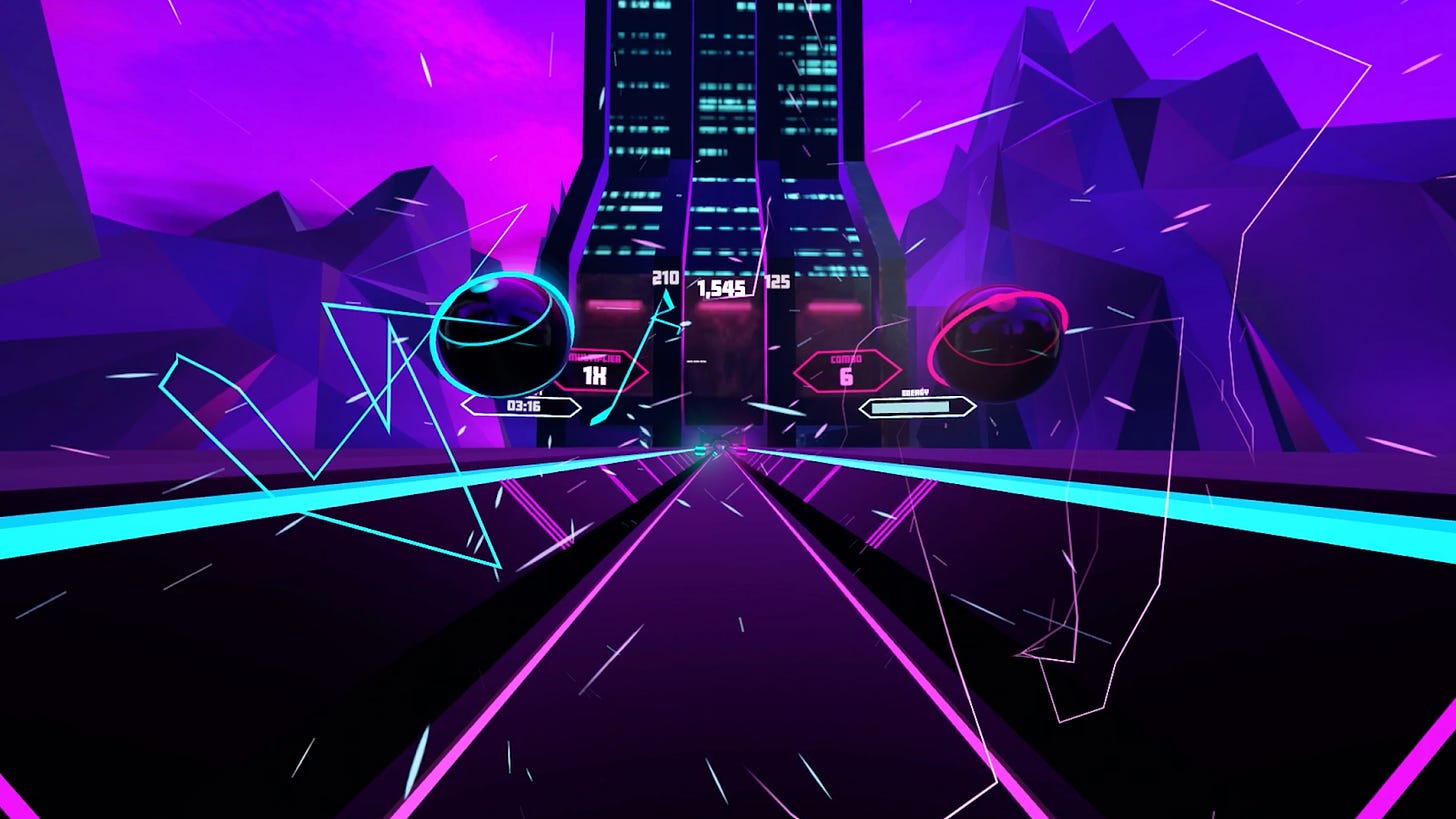
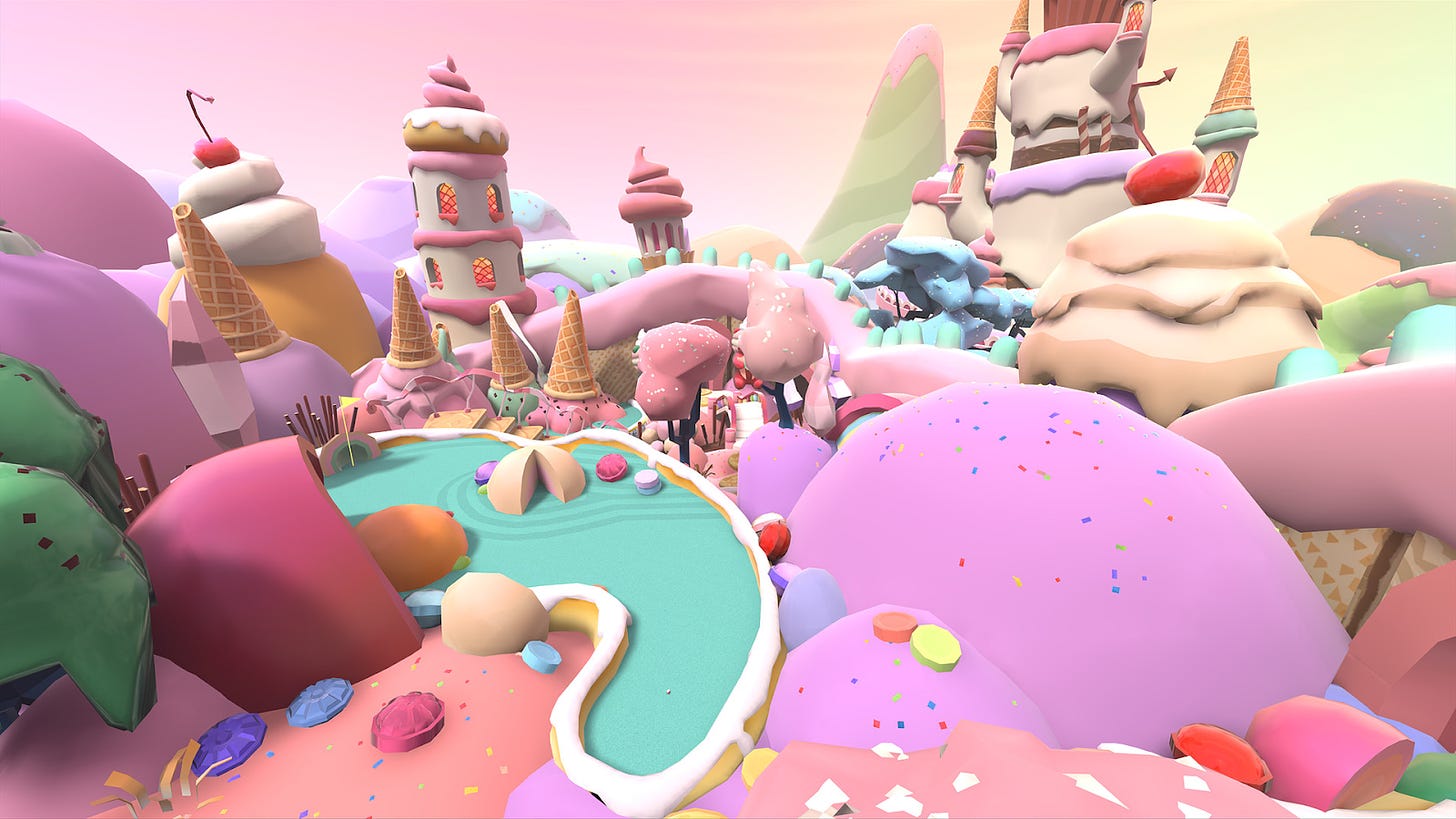
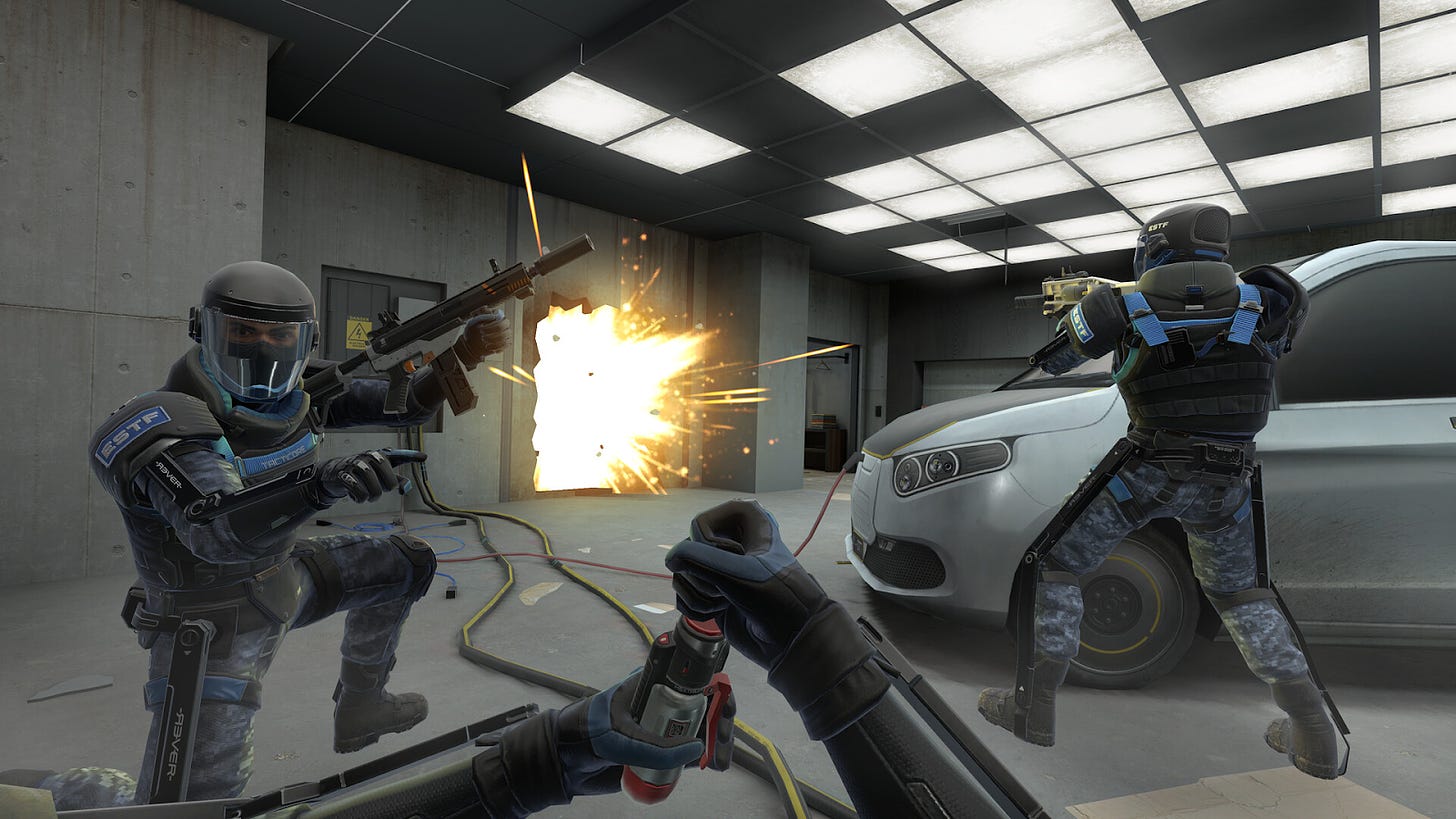



Partially because of A16Z and partially because of industry trends, I am building a Quest game of my own, and I'm recording my progress at https://alixollivier.substack.com/
It's the perfect time to be an XR developer!